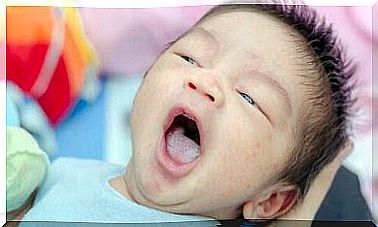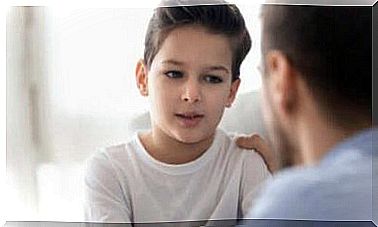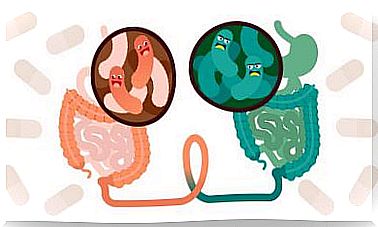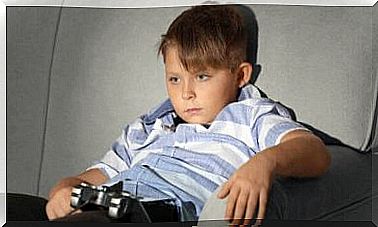Respiratory Tract Infections In Children: What You Need To Know
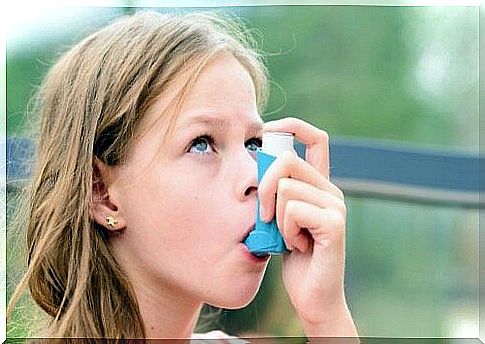
Respiratory tract infections in children occur when pathogens infect the nostrils, mouth, pharynx and esophagus (upper respiratory tract), as well as the trachea, lungs and alveoli (lower respiratory tract).
Some children have immunological irregularities that make them more susceptible to respiratory infections. They may also be due to environmental circumstances or family habits.
What are the risk factors?
There are various risk factors that promote the development of respiratory infections in children. These can go hand in hand with parenting and interaction with other family members, and include:
- Insufficient breastfeeding : In other words, when the baby is not exclusively breastfeeding or only breastfed for a couple of months.
- Malnutrition: An inappropriate diet can weaken children’s immune system and the thin lung membrane, allowing microorganisms to enter.
- Cigarette smoke: People in the vicinity of the child who expose the child to cigarette smoke can affect his or her breathing capacity.
- Living conditions and overcrowding: If the child sleeps in a room with more than three people, his or her hygiene and safety are at risk.
Symptoms of respiratory infections in children
The respiratory system is divided into two parts. The upper part (nose, mouth and throat) and the lower part (trachea and lungs). The symptoms that appear can indicate which part has been affected.
The symptoms that usually accompany a respiratory infection include:
- Cough
- Headache
- Fever
- Irritability
- Snoring
- Pain in the ears or secretions
- Nasal congestion due to mucus secretion
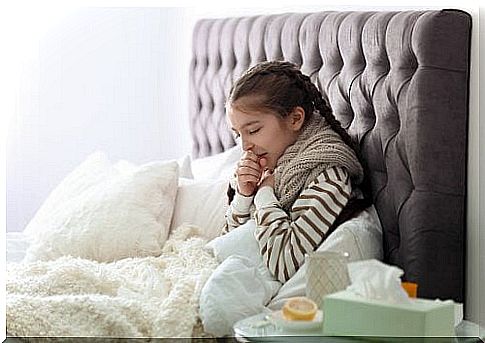
Symptoms of upper respiratory tract infection
- Cold: This is highly contagious. Symptoms include nasal congestion, sneezing, sore throat, dry cough and mild fever.
- Influenza: This is similar to a cold, but is a little stronger. The child suffers from fever with chills, fatigue, weakness, possible stomach pain and vomiting.
- Croup: This disease affects the trachea and trachea. You can feel it through hoarseness and slight cough, but also with loud breathing.
- Sinusitis: A viral infection that causes inflammation and produces a lot of mucus, which in turn collects bacteria in the baby’s sinuses.
Symptoms of lower respiratory tract infection
- Respiratory syncytial virus (RSV): This affects the majority of all children under two years of age. The symptoms are similar to a common cold. The condition causes difficulty breathing and in severe cases also asthma.
- Bronchiolitis: This affects children under the age of two, especially between three and six months. It inflames the pathway that transports air to the lungs, creating breathing difficulties.
- Pneumonia: This infection attacks the baby’s lungs by producing fluid in the airways that makes it difficult to breathe.
- Asthma: This inflames the child’s airways and leads to faster heart rate and shortness of breath and that the child becomes short of air when he or she plays or moves.
- Gastroesophageal reflux disease (GERD): This means that the muscle that closes the opening between the baby’s stomach and esophagus does not function properly. Pieces of food and stomach acid pass from the stomach to the esophagus, causing irritation and a burning sensation.
- Respiratory allergy: This is caused by allergens in the child’s environment. Symptoms include nasal congestion, watery eyes, tight throat and sneezing.
- Anaphylaxis: This is an allergic reaction to insect bites, latex, drugs or food.
Tips for preventing respiratory infections in children
- Have good hygiene when handling newborns.
- If your child is underweight, be sure to do a medical examination as soon as possible.
- Breastfeed your baby for at least six months to strengthen your baby’s immune system.

- Ventilate the room often, and avoid sudden temperature changes. Also avoid enclosed spaces.
- Keep the home smoke-free and prevent smokers from doing so near the child.
- Strengthen the body’s immune system with the help of a healthy diet.
- Teach your children to wash their hands on both sides when they get home, as well as before each meal.
- Avoid letting children share their things when they have a cold, such as toys, plates, glasses, cutlery and food.
- Be sure to dress them warmly when it is cold outside.
- If they have any symptoms such as cough, fever or nasal congestion, or if they experience shortness of breath, loud breathing or snoring, you should consult a doctor.
Respiratory tract infections in children are not always easy to avoid, but you can try to reduce the risk. The infection must be treated with medication. Failure to see a doctor in time can lead to serious complications.





